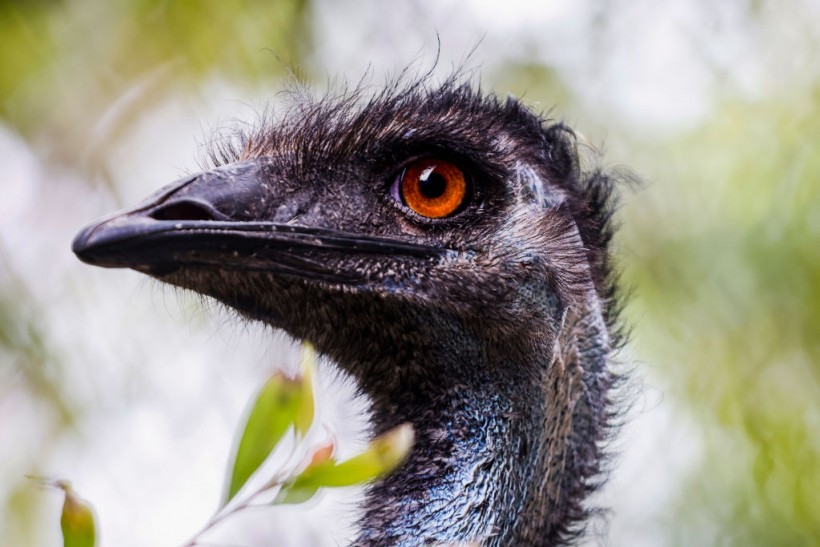Community efforts in Australia are made to save the coastal emus population, especially since this species is prone to road kill accidents.

The coastal emu, known as yugaamgan in Yaegl, is genetically unique from its western cousins.
It was once common along the New South Wales north coast, but habitat loss from development, bushfires, and flooding, as well as predation by wild dogs and pigs and a devastating number of roadkill, have reduced its numbers and range to the Yuraygir national park and surrounds between Minnie Water and Brooms Head, and a small group in the Bungwalbin area.
According to the NSW Department of Planning and Environment, its population is estimated at fewer than 50.
Conservation effort
In 2021, a vehicle struck and killed a male emu who was crossing the road with his five chicks.
This triggered emu advocates to increase their efforts to erect traffic markers and lower the speed limit along a 7-kilometer stretch of Brooms Head traffic that had become a hotspot for emu crossings.
Barbara Linley, a farmer, family therapist, and animal lover, relocated to Brooms Head in the Clarence Valley six years ago.
Linley pushed to cut the speed limit on the stretch of Brooms Head Road, but without success. She then formed the Lions Club of Clarence-Environmental in an effort to raise awareness of the area's biodiversity, notably the need to protect emus from speeding motorists.
"These creatures are on our coat of arms, and to think people are running over them. I could see this was a place where the emus regularly crossed - apparently it has long been a wildlife corridor and here were the emus contending with speeding cars and fences," Linley said in an interview.
The department had been focusing on the coastal emus as part of its Save Our Species initiative.
According to Lia Hooper, the threatened species officer, the program and community efforts gained traction following the terrible fires in 2019 that burned wide swaths of the emus' habitat.
Hooper said that the emu has a generalist diet and an important role in seed dispersal, adding that it is one of the last of our megafauna and is critical for ecosystem connectivity.
Clarence Valley Council, Transport for NSW, and traditional owners from the Yaegl, Bundjalung, and Gumbaynggirr became involved in a program known as the Caring for our Coastal Emu project, which has spread throughout the community.
In late 2021, two sections of the road were painted bright green to denote an Emu Zone, and the speed limit was reduced to 80 km/h.
In 2022, yellow signs warning of the presence of emus were put up.
Read Also: Road Signs Protecting Squirrels, Otters from Car Crashes Stolen in Scotland
Interactive map
The council also maintains an interactive map where residents are encouraged to report any coastal emu sightings.
Emu advocates are actively contributing to it, as well as offering educational tools on the endangered population to local schools and pamphlets to landowners about the plants the birds love to eat.
According to Hooper, the coastal emu count in October will assist vulnerable species officers in better understanding what additional interventions may be required.
Because coastal emus eat and disperse fruits and seeds over broad distances, their extinction would have a severe environmental impact.
This contributes to the health of our forests in north-eastern New South Wales, allowing them to host a diverse range of threatened plants and animals. These are some of the most diverse coastal forests on the planet.
Related Article: Flightless Large Bird 'Emu' Returns Home After Escaping, Running on Streets of Massachusetts
Related Video:
© 2024 NatureWorldNews.com All rights reserved. Do not reproduce without permission.





